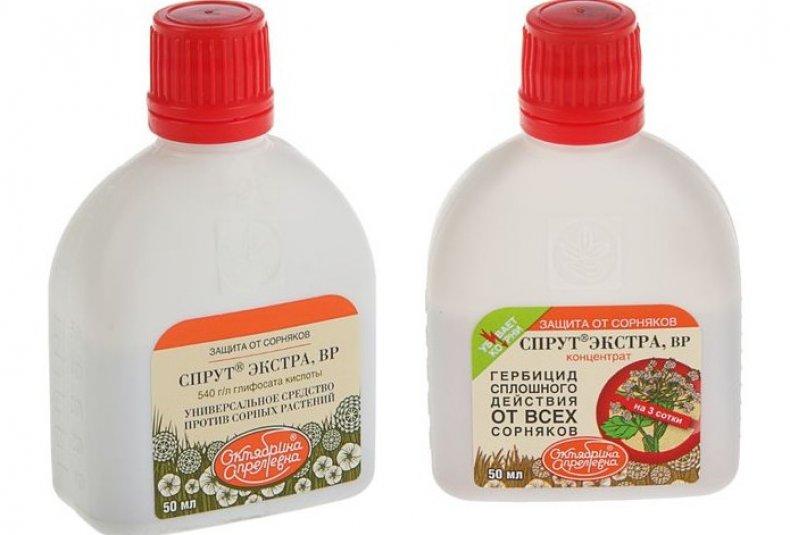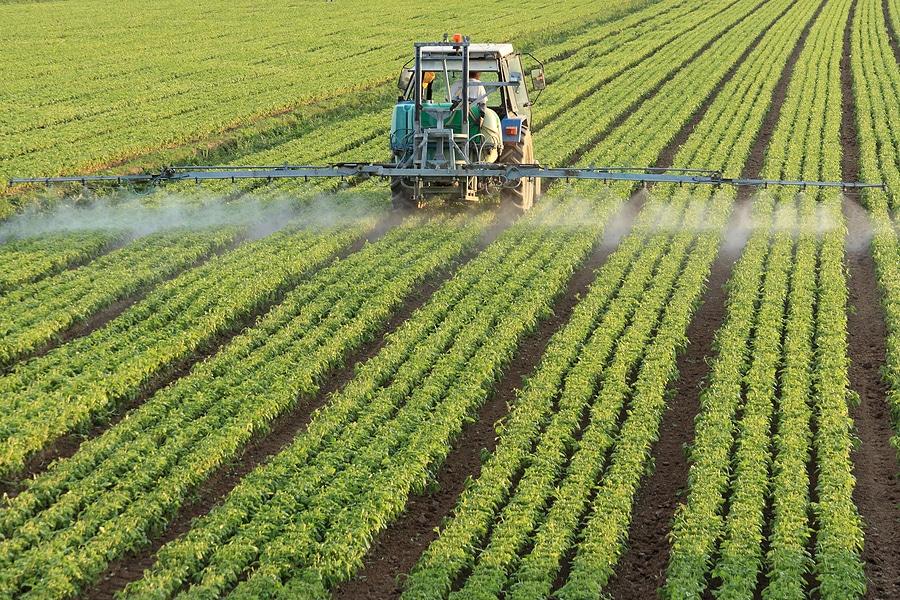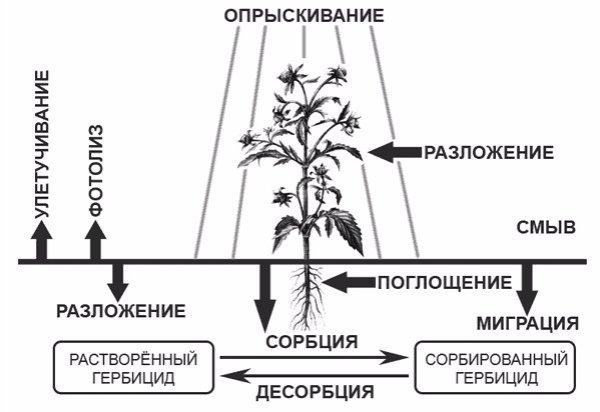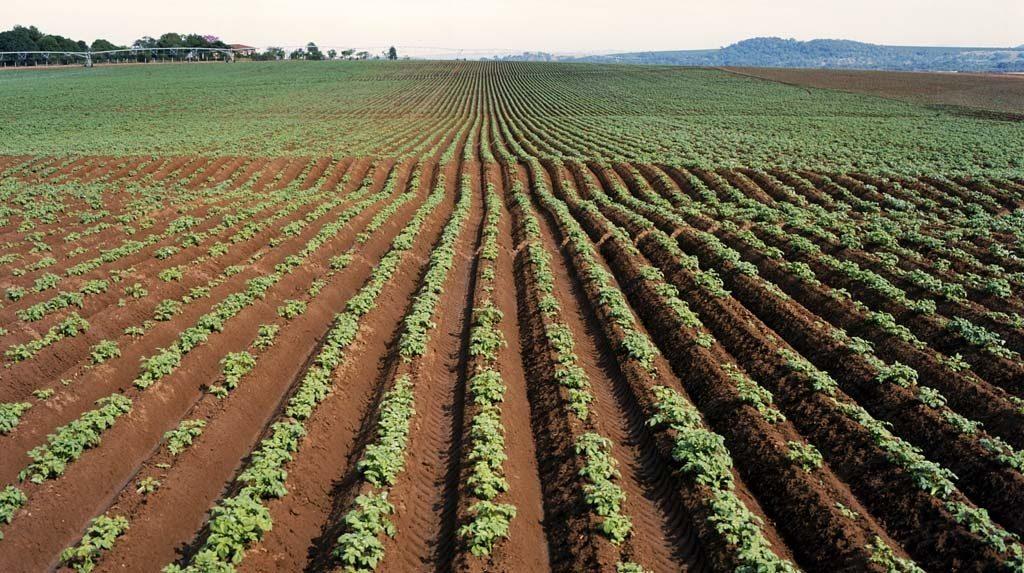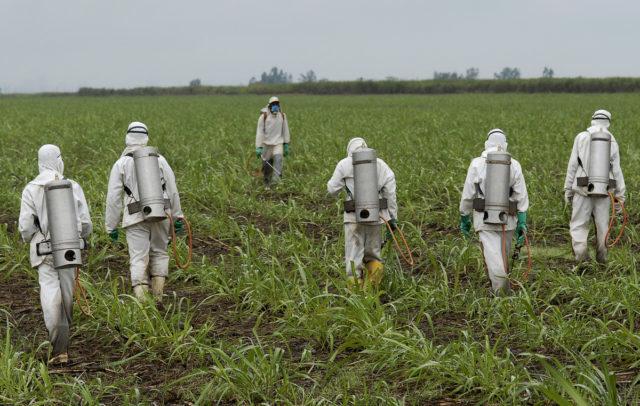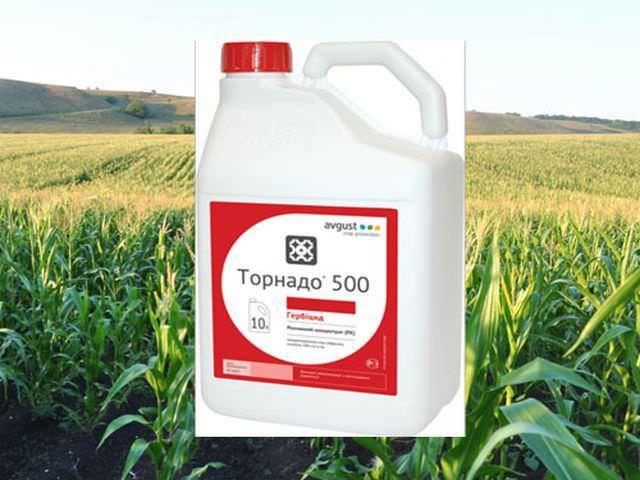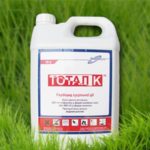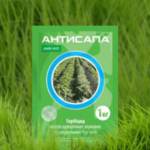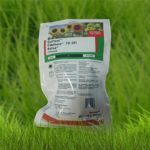Highly active and selective herbicides include the group of imidazolinones. They are used to clean heavily contaminated fields of rapeseed, sunflower, peas, soybeans, and non-agricultural lands. The use of the herbicide "Grader" from the company "August" helps farmers in growing forage crops, increasing productivity, and also preparing sites for construction.
- Composition and release form of the herbicide "Grader"
- Advantages and disadvantages
- Mechanism and speed of action
- Flow calculation
- How to prepare a working solution
- How to use the product
- Safety precautions for use
- Phytotoxicity and the possibility of resistance
- Compatibility with other herbicides
- Storage rules and periods
- Analogues of the product
Composition and release form of the herbicide "Grader"
A heavy-duty continuous-action herbicide can cope with annuals, perennials, shrubs, and trees that cover non-agricultural areas. The drug is used in fields where hybrids of rapeseed, sunflower, and pea varieties that are resistant to imidazolinones are grown.
The preparative form of the herbicide is an aqueous solution of imizapyr, ready for use. A liter contains 250 grams of substance. Pour the prepared working solution of the herbicide into 1 liter bottles and 10 liter canisters.
Advantages and disadvantages
The drug has many advantages. It is noted that the herbicide “Grader”:
- destroys all types of weeds, unwanted shrubs and tree growth;
- acts systemically, penetrating inside the plant;
- remains in the soil, stopping the development of young weeds;
- protects the treated area from contamination throughout the year;
- not washed off by rain;
- has moderate toxicity to humans and bees.
The aqueous solution works effectively at any stage of plant development, regardless of their contamination.
The disadvantages of the drug include the fact that it can destroy crops located near the treatment site.
Mechanism and speed of action
The action of the active substance imazapyr begins with stopping the growth of grasses and shrubs in the treated area 7 days after spraying. After 30-45 days, everything that grew on the field dies. Therefore, spraying herbicide is used to clear areas overgrown with weeds and shrubs near highways, railroad tracks, and runways. Using an aqueous solution, areas for the construction of houses, gas pipelines, and power lines are cleared of weeds. Fields with rapeseed and sunflower can be treated with this herbicide when hybrids resistant to the drug are planted.
Within 3-5 years after spraying, no vegetation will appear on the site.
Flow calculation
For non-agricultural lands, 2 to 5 liters of aqueous solution are used per hectare of area. Processing is carried out from April to September.
The destruction of annual cereals and dicotyledonous weeds should be carried out in the 2-4 leaf phase.
At the same time, sunflower and rapeseed should have up to 5 true leaves. Per hectare of field you will need only 0.12 liters of herbicide solution.
How to prepare a working solution
The working fluid is prepared in a special spray tank. First, fill the container one-third full with clean water. Then carefully add the required amount of aqueous solution of the agrochemical. Stir thoroughly, adding until the tank is full.
You cannot prepare the liquid in advance, only immediately before spraying.
How to use the product
The toxic substance requires that the instructions for use be studied before spraying it on vacant lots or fields with forage crops.
Processing is carried out mechanically in compliance with safety rules. It is best to spray areas in the early morning or after sunset. The weather should be calm and windless.
Safety precautions for use
There are restrictions on the use of the herbicide. Be sure to take into account the location of the area to be processed. It should be located 1.5-3 kilometers from water basins, parks, forests, fields with grain crops, and apiaries. It is necessary to control the flight of bees to treated areas.There should be no pastures for cattle, private gardens, gardens, or recreation centers nearby.
Phytotoxicity and the possibility of resistance
The herbicide "Grader" is assigned the 3rd toxicity class for humans and bees. The drug is not considered dangerous for microorganisms and worms living in the soil.
The chemical is toxic to rodents and harmful insects.
Weeds do not become addicted to the drug for a long time. In the treated area, vegetation will take a long time to recover.
Compatibility with other herbicides
The agrochemical "Grader" is suitable for tank mixtures. Before use, check compatibility with other drugs. If there is no sediment, then you can safely use a combination of “Grader” with “Tornado”, “Magnum”. The effectiveness of the product increases if you combine the herbicide with drugs such as 2,4D, metsulfuron agents.
Storage rules and periods
The container with the herbicide solution must be tightly sealed. Storage is carried out in specially designed rooms inaccessible to children and animals. The room must be equipped with fire extinguishing equipment. The premises are cleaned at least once a month using disinfectants such as bleach. The drug is stored for no more than 3 years.
Analogues of the product
The drugs Imperial, Arbonal, and Arsenal are produced based on imidazolinones. They act similarly to the “Grader” herbicide and clear large areas of complete weeds.

